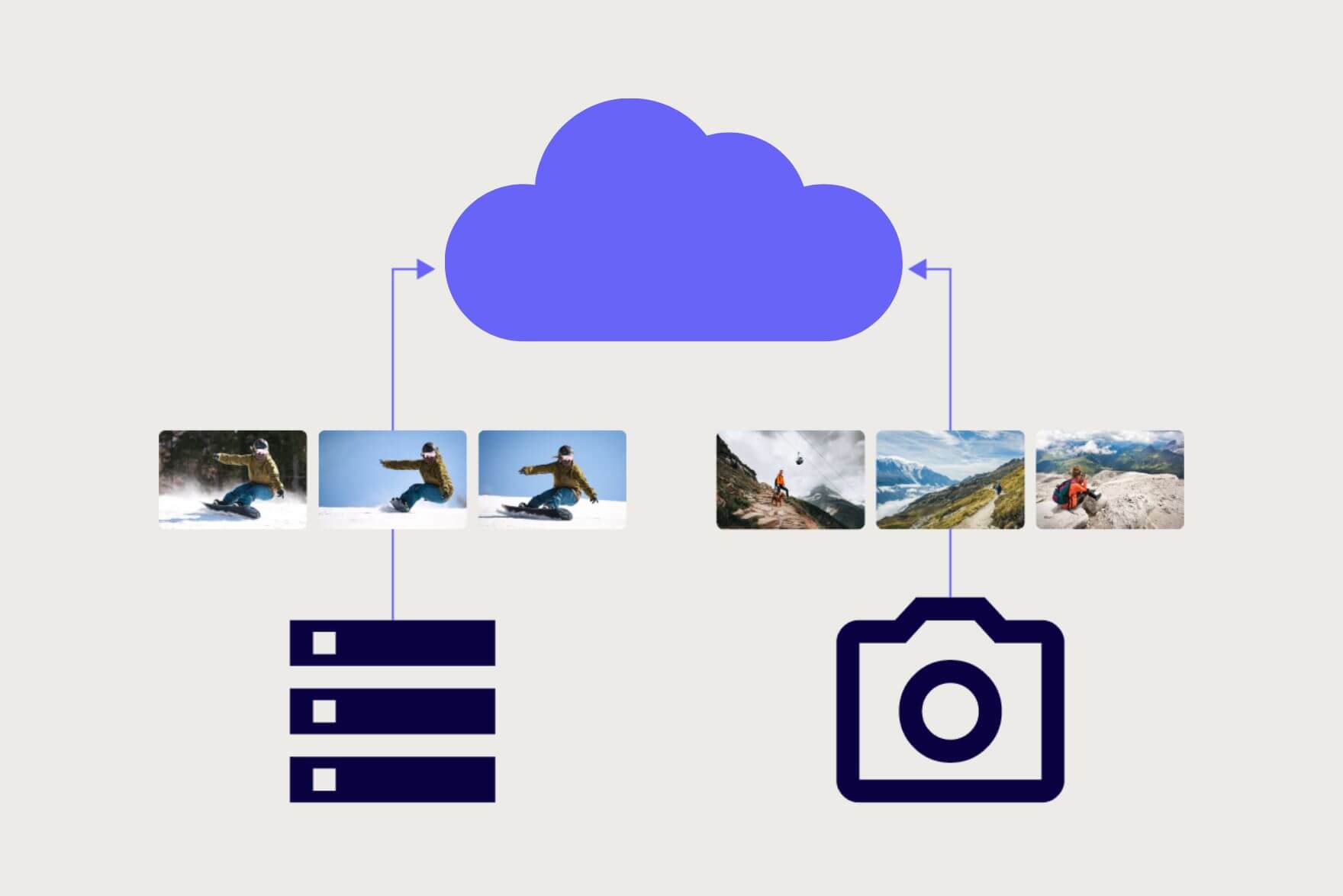
FTP upload - what it is and how it helps streamline content workflows
When time is of the essence, the process of transferring files from one unit to another can be frustrating. For this reason, many organizations rely on File Transfer Protocol (FTP) to efficiently transfer content without manual processes. In this article, we’ll cover some of the main benefits of FTP, explaining how it works to further enhance your content management.

What is FTP?
FTP stands for File Transfer Protocol and refers to a standard protocol for transmitting content items from a server to a digital client, or the other way around, without relying on local connectors. It can be found across industries, ranging from media companies that need images quickly uploaded to a central platform, to large institutions that need to transfer large batches of content to externals at high speed.
FTP works on having a connection over the internet between the client and server where username, password, and other values needed for establishing the connection are exchanged, called the control connection. The control connection can then initiate a data connection, for transferring the files or folders that you wish to be transferred over the internet.
FTP allows for more efficient and flexible file transfers, and is especially practical for organizations with remote workers, large teams, heavy files and/or a need for continuous, fast file sharing.
Learn more: How motorsports agency LAT images deliver images in near real time
Main benefits of FTP
1. Reliable transfer
FTP will reliably transfer your files as if the transfer is abrupted, it will continue from where it left off when the connection is re-established.
2. Heavy volume transfer
FTP can transfer several files simultaneously and has a high file-size limit on single files.
3. Speed
In addition to FTP generally being a faster protocol when it comes to transferring files over networks, FTP also saves you time by you not having to upload a single file at a time to your system.
4. Scheduled transfers
FTP transfers can be scheduled to each configurator’s liking so that new files added to the folder you want to share files from are continuously being transferred to where you want to store them.
FTP upload and DAM
In combination with a Digital Asset Management (DAM) system, FTP upload means a streamlined way of having your files uploaded to your shared organizing system. It's overall a faster and more reliable way of uploading files, such as images and documents.
You can establish an FTP connection between a folder of yours and your DAM to have your files uploaded efficiently and continuously. In addition, you can build metadata macros, to automatically add certain metadata upon upload.
Streamlining content workflows
With a quick configuration of the FTP connection, you can save a lot of time and the hassle of transferring and uploading files. You can also establish an automatic transfer request at a time interval, which will ensure that all the files uploaded to a specific folder on your computer are automatically uploaded to your DAM.
This way, you won’t have to worry about spending hours uploading all the pictures taken at your event, photoshoot, or any other activity generating large volumes of images.

Let’s talk!
Would you like to learn more about how you can streamline your workflows - from camera to publishing? Get in touch with one of our experts.


